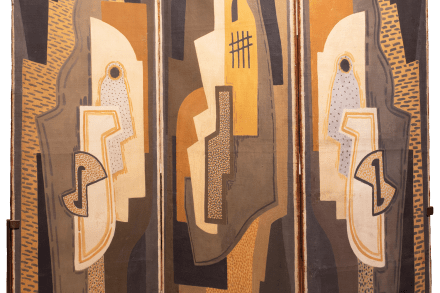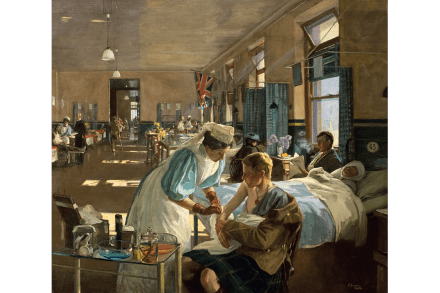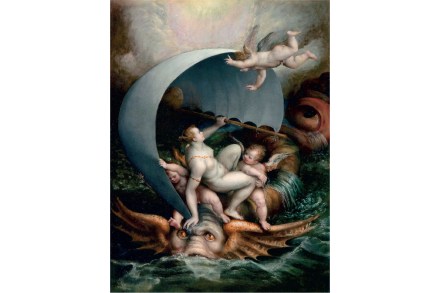The two young women who blazed a trail for modernism in Ireland
In 1921, the sternly abstract cubist Albert Gleizes opened the door of his Parisian apartment to two young women in their twenties, the Irish artists Evie Hone and Mainie Jellett. They explained that they wanted him to teach them his method of ‘extreme cubism’. He wasn’t sure that he had a method, nor whether it was teachable. They were inexorable. Their gentle voices and their tenacity, he wrote later, terrified him, and he capitulated. They had accepted his pronouncements on ‘painting without subject’; now they wanted to know how. They were to be trailblazers for modernism in the newly independent Ireland, Jellett as a painter and Evie as both painter



